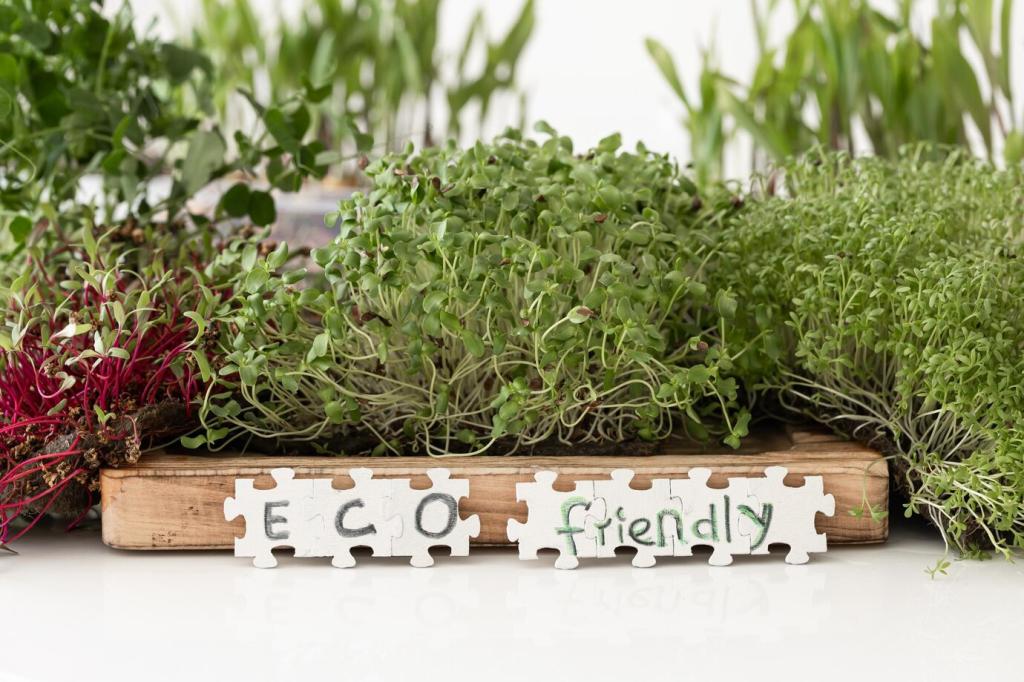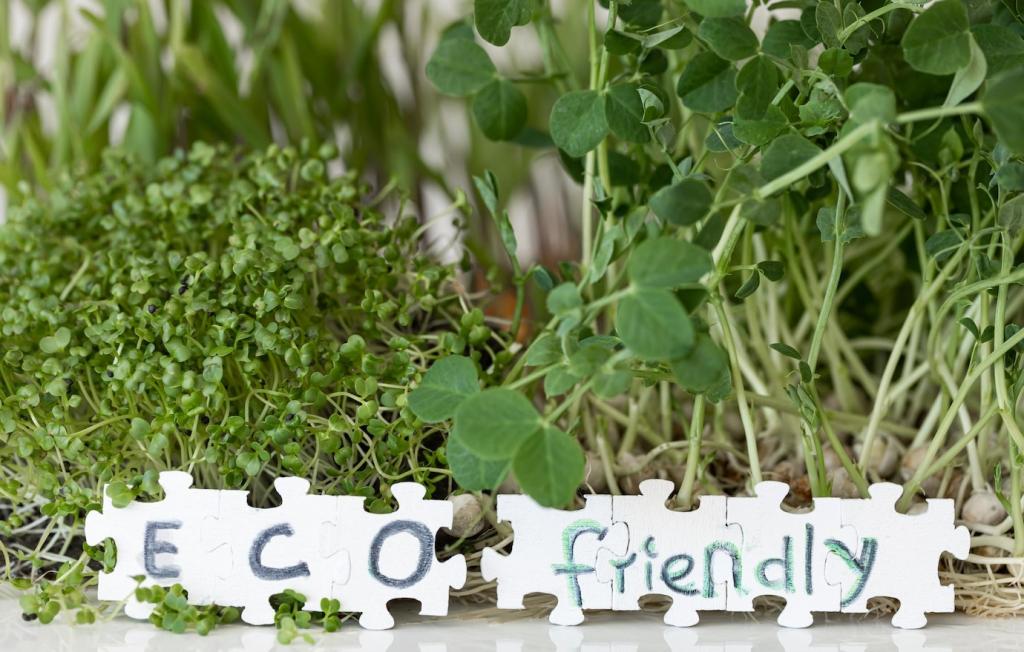Why Non-Toxic Finishes Matter
Volatile organic compounds can contribute to headaches, respiratory irritation, and long-lasting odors. Non-toxic finishes minimize off-gassing, letting kids play on the floor without a haze of fumes. Comment with your ventilation tips or questions if someone in your home is sensitive to smell or allergens.
Why Non-Toxic Finishes Matter
Lower-VOC, waterborne, and plant-based finishes cut solvent emissions that contribute to smog. Renewable oils and responsible resins reduce pressure on finite resources. Share how you source greener products locally, and subscribe for our upcoming buyer’s guide to sustainable finish ingredients and suppliers.
Why Non-Toxic Finishes Matter
Look for GREENGUARD Gold, Green Seal, or EU Ecolabel on cans and spec sheets. For children’s items, seek EN 71-3 migration safety references. If you’ve spotted confusing labels, drop a comment; we’ll decode them in a future post and highlight trustworthy third-party testing sources.







